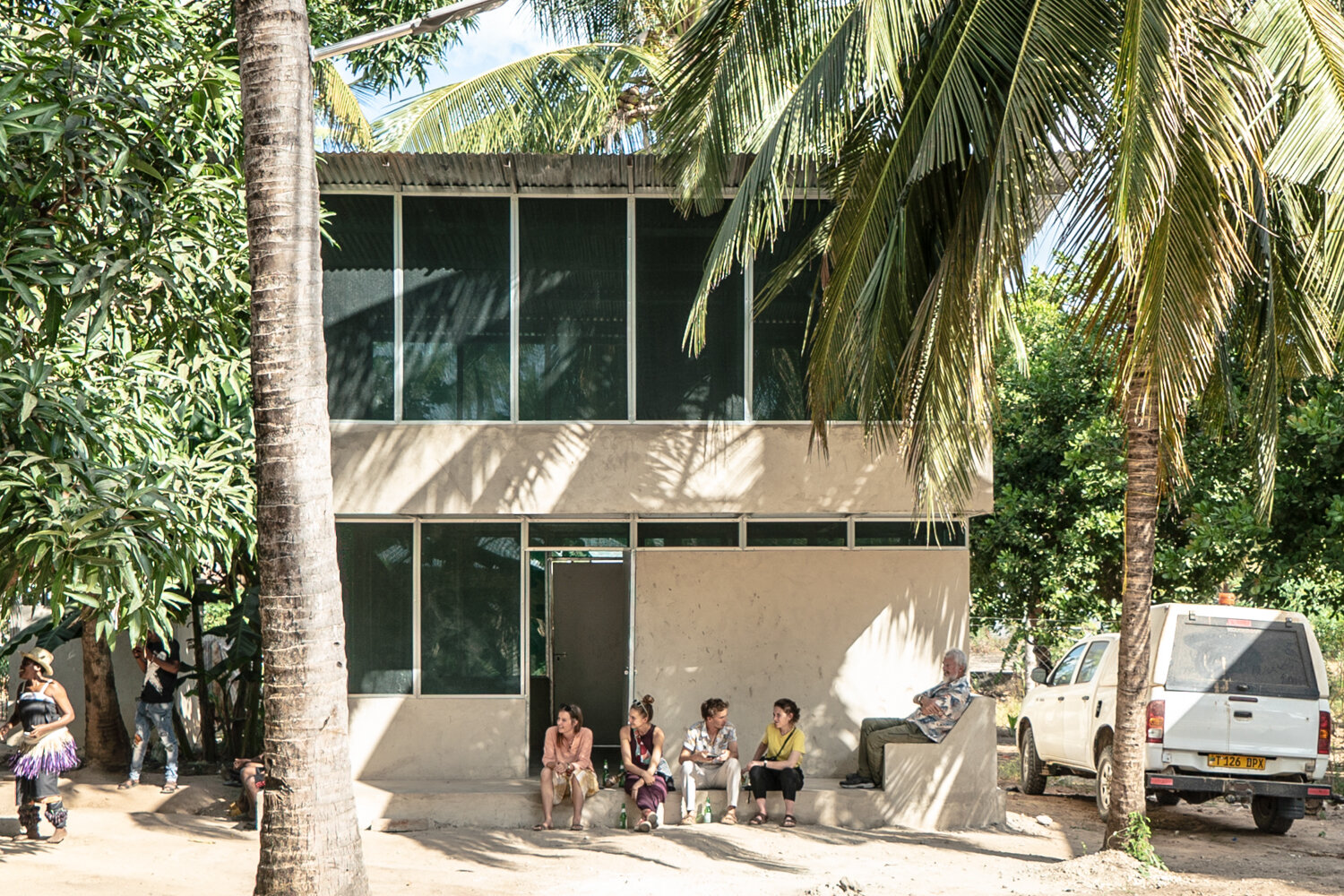















Challenge:
Sub-Saharan Africa will account for most of the world’s population growth over the coming decades with the addition of a predicted 1.1 bn people by 2050 . This will necessitate the construction of millions of new homes. New housing in hot, humid regions of sub-Saharan Africa usually consists of single-level, poorly ventilated concrete block structures which predispose families to a number of preventable diseases. Minimal airflow leads to a hot indoor climate which reduces the use of bed-nets and increases malaria transmission. Cooking inside without adequate ventilation results in many women developing respiratory tract infections, and inadequate water supply and sanitation predisposes family members, especially children and the elderly, to enteric infections.
Contribution:
A growing body of recent scientific work is starting to demonstrate that modifying house designs could result in broad benefits in several disease categories . The Star Homes Project is a clinical trial that investigates the impact of improved housing on family health in Tanzania. 110 improved houses with separate latrines are being constructed in 60 villages throughout the Mtwara region and the health of residents will be compared to those living in 440 control homes over a 3-year period.
The design of the houses draws inspiration from the Magoda project and traditional homes in South-East Asia which are often well adapted to the hot-humid climate. The front bench and plan layout draw inspiration from houses local to the Mtwara region. In addition, the design team utilised iterative parametric modelling and environmental simulation techniques, such as Computational Fluid Dynamics (CFD), to improve indoor comfort and the design of individual elements, like the smokeless stove.
The design of the houses aims to reduce rates of malaria, respiratory tract infections and enteric diseases. For example, bedrooms are raised with larger, permeable openings to help lower indoor temperature and reduce entry of Anopheles gambiae mosquitoes. The Star Homes project has been developed by a cross-disciplinary team of architects, physicians, social scientists and entomologists, alongside local community leaders and stakeholders.
Team
Jakob Knudsen, Ingvartsen / KADK
Lorenz von Seidlein, Mahidol Oxford Research Unit
Hannah Wood and Otis Sloan Brittain, Ingvartsen
Salum Mushamu and Catherine Khabuka, CSK
Steven Lindsay, Durham University & London School of Hygiene and Tropical Medicine
Jacqueline Deen, University of the Philippines – Manila
Arnold Mmbando, Ifakara Health Institute
